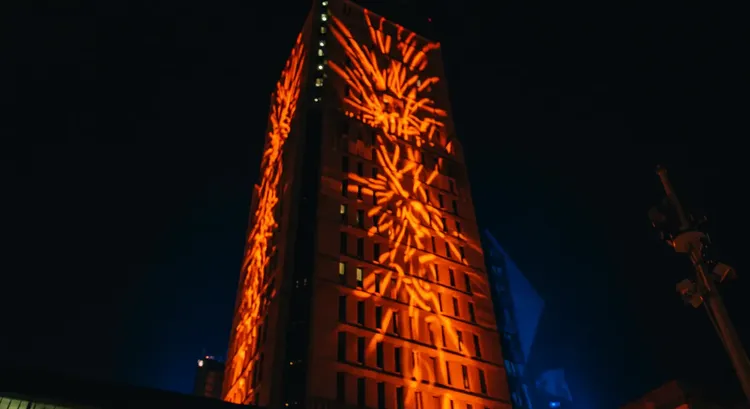Emergency Lighting Scenarios Based on DMX: Ensuring Backup and Reliability 🛠️
When it comes to critical facilities—such as theaters, public buildings, tunnels, or architectural facades—a failure in the lighting control system can lead to serious consequences ⚠️. We spoke with an engineer from Sundrax Alex Chomsky about how to properly implement emergency lighting scenarios based on DMX and what to consider for reliable operation in emergency situations.

